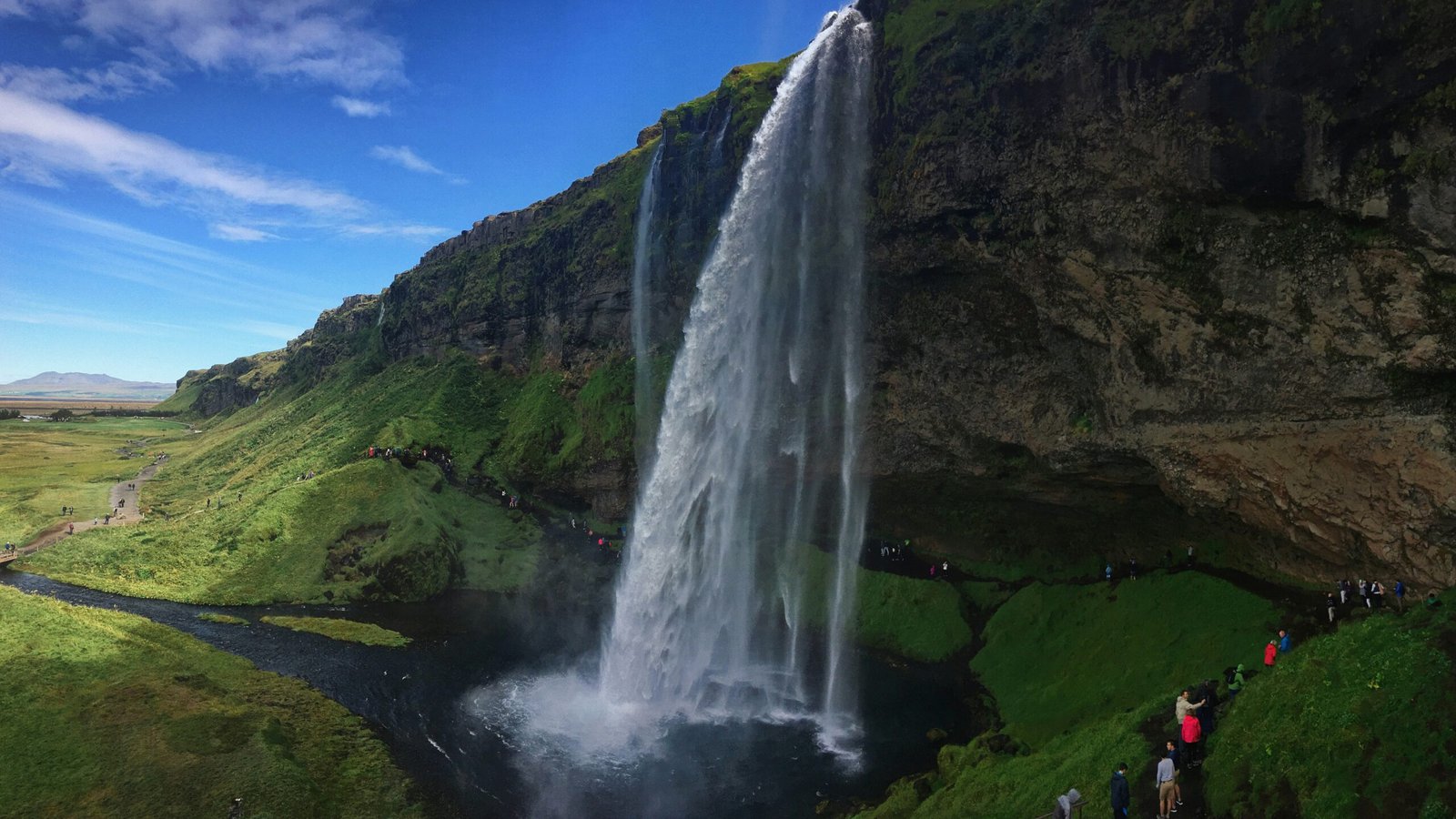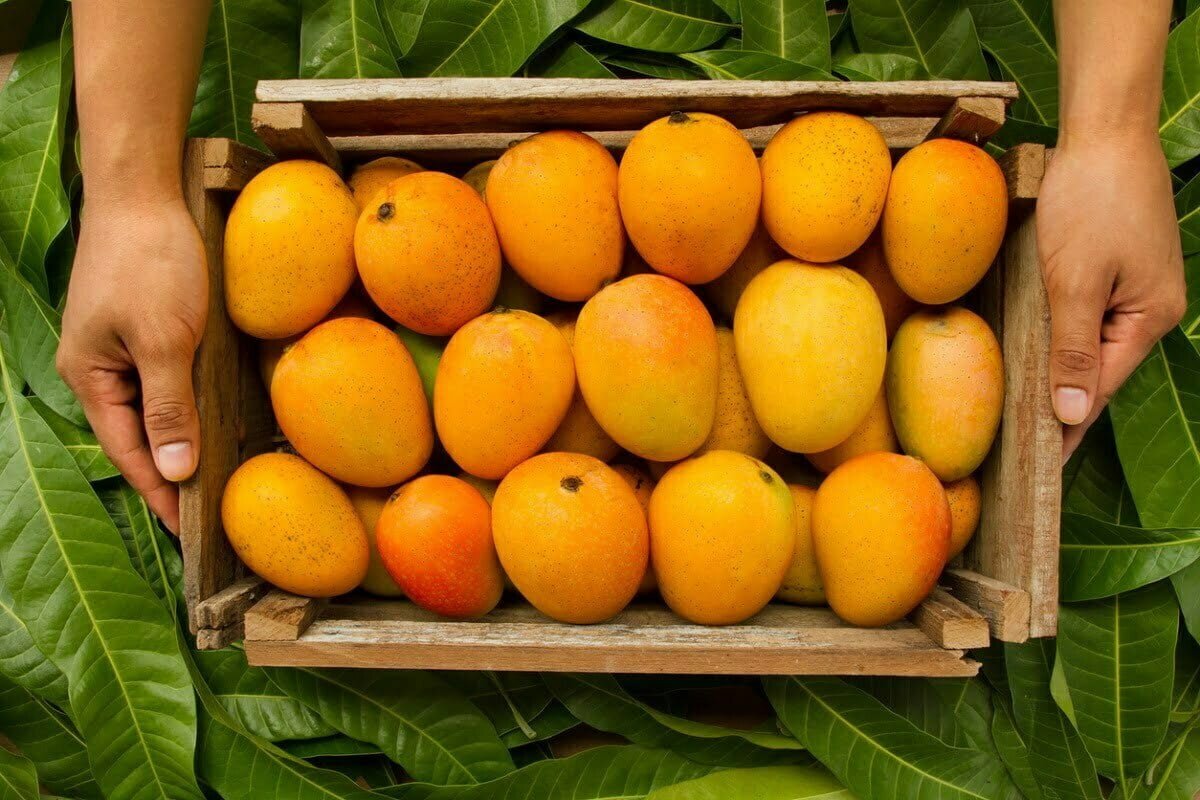
Introduction to Ratnagiri
Ratnagiri, a coastal district in the Indian state of Maharashtra, is a treasure trove of natural beauty, cultural heritage, and historical landmarks. Nestled between the Sahyadri mountain range and the Arabian Sea, its geographical location bestows it with a unique and diverse landscape. From pristine beaches and lush green hills to ancient forts and temples, Ratnagiri offers an array of attractions for tourists.
Historically, Ratnagiri holds an eminent place due to its strategic position along the Konkan coast. It has witnessed the rise and fall of various dynasties, including the Mauryas, Chalukyas, and Marathas, each leaving an indelible mark on the region’s cultural tapestry. The district is also famous for being the birthplace of Lokmanya Bal Gangadhar Tilak, a prominent figure in India’s struggle for independence.
What makes Ratnagiri particularly notable as a tourist destination is its seamless blend of natural splendor and rich heritage. The serene beaches, such as Ganpatipule and Aare-Ware, attract visitors seeking tranquility, while the majestic Ratnadurg Fort offers a glimpse into the region’s illustrious past. Additionally, the region is renowned for its Alphonso mangoes, often hailed as the “King of Mangoes,” which draw food enthusiasts from far and wide.
Cultural heritage is another cornerstone of Ratnagiri’s appeal. Traditional festivals, local crafts, and culinary delights provide a vivid insight into the Konkan way of life. The district is also home to several religious sites, including the revered Ganpatipule Temple, making it a pilgrimage destination for many devotees.
In essence, Ratnagiri’s unique combination of natural beauty, historical significance, and cultural richness makes it a gem among Indian tourist attractions. Whether one is an avid historian, a nature lover, or simply seeking a peaceful retreat, Ratnagiri promises a memorable experience for all.
Historical Significance
Ratnagiri, a coastal town in the Indian state of Maharashtra, holds a prominent place in the annals of history. Its strategic location along the Arabian Sea made it a significant site during various historical periods, including the Maratha Empire and British colonial rule. The town is dotted with ancient forts and palaces that stand as silent witnesses to its storied past.
One of the most notable historical landmarks in Ratnagiri is the Ratnadurg Fort. This majestic fort, also known as Bhagwati Fort, dates back to the Bahamani period and was later fortified by the Marathas under the leadership of Shivaji Maharaj. The fort’s strategic importance is underscored by its panoramic views of the Arabian Sea, enabling it to serve as a vigilant guardian against naval threats. Within its walls lies the revered Bhagwati Temple, adding a spiritual dimension to its historical significance.
Another cornerstone of Ratnagiri’s historical tapestry is the Jaigad Fort. Located at the confluence of the Shastri River and the Arabian Sea, this fort played a crucial role during the Maratha era. It was a key defensive structure, protecting the region from foreign invasions. The fort’s robust architecture, complete with massive bastions and deep moats, stands testament to the engineering prowess of the time. Today, visitors can explore its remains and imagine the fort’s past glories.
Thibaw Palace, a relic of the British colonial period, adds a unique chapter to Ratnagiri’s historical narrative. Built in 1910, this palace served as the exile residence for the last king of Burma, King Thibaw, after he was overthrown by the British. The palace, with its intricate Burmese architectural elements, offers a poignant glimpse into the life of the exiled monarch and his family. The beautifully landscaped gardens and the panoramic view of the sea from the palace grounds add to its allure.
These historical sites not only offer a window into Ratnagiri’s past but also embody the cultural and architectural heritage of the region. From the Maratha strongholds to colonial relics, each site enriches the narrative of Ratnagiri, making it a compelling destination for history enthusiasts.
Beaches and Natural Beauty
Ratnagiri is renowned for its captivating natural beauty, particularly its pristine beaches that stretch along the Arabian Sea coastline. One of the most celebrated beaches is Ganpatipule, known for its unspoiled white sands and clear blue waters. This beach offers a serene environment, making it a perfect spot for relaxation and a getaway from bustling city life. Visitors can enjoy activities such as sunbathing, beach volleyball, and leisurely walks along the shore.
Bhatye Beach, another jewel in Ratnagiri’s crown, is a long, flat beach that provides a picturesque view of the surrounding landscape. The lush green hills that frame the beach create a stunning contrast with the expansive sea. It’s an ideal spot for a family picnic or a solitary retreat to enjoy the tranquility of nature. The calm waters here are perfect for swimming, and the beachside shacks serve delectable local seafood, offering a taste of the region’s culinary delights.
Aare-Ware Beach, a lesser-known but equally beautiful destination, consists of twin beaches separated by a small hill. These beaches are relatively untouched by commercial tourism, making them perfect for those seeking solitude and peace. The clear waters are excellent for swimming, and the scenic surroundings offer great opportunities for photography and nature walks. The adjacent backwaters further enhance the natural charm, providing a habitat for various species of birds and marine life.
The natural landscape of Ratnagiri is not limited to its beaches. The region is blessed with lush green hills that provide a refreshing backdrop to the coastline. These hills are covered with dense forests and are home to diverse flora and fauna, making them ideal for nature trails and bird watching. Additionally, the tranquil backwaters of Ratnagiri offer a unique experience for visitors to explore the calm and serene environment, either by boat or through leisurely walks along the banks.
Ratnagiri’s beaches and natural beauty are complemented by a range of activities that cater to different preferences. Water sports enthusiasts can indulge in activities like jet skiing, parasailing, and kayaking. For those seeking relaxation, the beaches provide a perfect setting to unwind and soak in the natural beauty. The local seafood cuisine, rich in flavors and variety, is a must-try for every visitor, offering an authentic taste of the coastal region.
Cultural Heritage and Festivals
Ratnagiri, a gem among Indian tourist attractions, boasts a rich cultural heritage that reflects the vibrant traditions and artistic expressions of its people. The region’s cultural tapestry is woven with a variety of local customs, crafts, and festivals that offer visitors a deep insight into its unique identity.
One of the most significant festivals celebrated in Ratnagiri is Ganesh Chaturthi. This festival, marking the birth of Lord Ganesha, is observed with great fervor and enthusiasm. The entire region comes alive with beautifully crafted idols of Ganesha, elaborate decorations, and joyous processions. Families and communities gather to perform rituals, sing devotional songs, and partake in communal feasts, creating an atmosphere of unity and devotion.
Another prominent festival in Ratnagiri is Holi, the festival of colors. Celebrated with immense joy and exuberance, Holi marks the arrival of spring and symbolizes the victory of good over evil. The streets of Ratnagiri are awash with vibrant colors as people smear each other with colored powders and dance to traditional music. This festival is an excellent opportunity for tourists to experience the local culture and partake in the festive spirit.
Ratnagiri is also renowned for its local arts and crafts. The region is famous for the Alphonso mangoes, often referred to as the “King of Mangoes.” These mangoes are not only a culinary delight but also a significant part of the local economy. The mango orchards of Ratnagiri are a sight to behold, and the harvest season attracts visitors from far and wide.
Additionally, the traditional Warli paintings, an indigenous art form practiced by the Warli tribe, are a testament to the region’s rich artistic heritage. These paintings, characterized by their intricate patterns and motifs, depict scenes from daily life, nature, and mythology. They are a reflection of the community’s deep connection with their environment and serve as a popular souvenir for tourists.
In essence, Ratnagiri’s cultural heritage and festivals offer a captivating blend of tradition, art, and celebration, making it a must-visit destination for those seeking to explore the diverse cultural landscape of India.
Famous Landmarks
Ratnagiri, a coastal town in Maharashtra, is home to a variety of landmarks that attract tourists from all over the world. One of the must-visit sites is the Parashuram Temple. This ancient temple is dedicated to Lord Parashuram, the sixth incarnation of Lord Vishnu. Built atop a hill, it offers breathtaking views of the surrounding region. The temple is a blend of traditional Hindu architecture and modern elements, making it a unique place of worship. Devotees and tourists visit the temple not only for its spiritual significance but also for the serene ambiance that surrounds it.
Another significant landmark in Ratnagiri is the Swayambhu Ganpati Temple. This temple is dedicated to Lord Ganesha and is renowned for its self-manifested idol, which is believed to have appeared naturally. The term ‘Swayambhu’ means ‘self-manifested’ or ‘self-existent,’ which adds a mystical allure to the temple. It is one of the Ashtavinayak temples, a group of eight sacred temples in Maharashtra dedicated to Lord Ganesha. The Swayambhu Ganpati Temple is a major pilgrimage site, drawing thousands of devotees each year, especially during the Ganesh Chaturthi festival.
The Lighthouse at Ratnagiri is another landmark that should not be missed. Situated on the Ratnagiri fort area, this lighthouse has historical significance dating back to the British era. It served as a critical navigation point for ships sailing in the Arabian Sea. Today, it offers panoramic views of the sea and the surrounding landscape, making it a favorite spot for tourists and photography enthusiasts. The lighthouse is an ideal location to witness spectacular sunsets, adding a romantic touch to the visit.
These landmarks collectively contribute to making Ratnagiri a compelling destination for history buffs, spiritual seekers, and nature lovers alike. Each site offers a unique glimpse into the rich cultural and historical tapestry of this coastal gem, ensuring that visitors leave with unforgettable memories.
Local Cuisine
Ratnagiri, a coastal gem in the Indian state of Maharashtra, offers a delightful culinary experience that is deeply influenced by its coastal and Konkani heritage. The local cuisine here is a harmonious blend of fresh seafood, aromatic spices, and traditional cooking techniques, resulting in flavors that are both unique and unforgettable.
One of the most celebrated dishes in Ratnagiri is the fish curry, known locally as “Malvani Fish Curry.” This dish features fresh, locally caught fish simmered in a rich, tangy sauce made from coconut milk, tamarind, and an array of spices. The use of coconut and kokum (a type of fruit native to the region) gives the curry a distinct flavor that is both spicy and refreshing.
Another must-try delicacy is the “Modak,” a sweet dumpling made from rice flour, stuffed with a mixture of coconut and jaggery. Modaks hold a special place in the hearts of the locals, especially during the Ganesh Chaturthi festival, where they are offered to Lord Ganesha. The combination of the soft, steamed outer layer and the sweet, aromatic filling makes Modak a treat for the senses.
No meal in Ratnagiri is complete without sampling “Sol Kadhi,” a traditional drink made from kokum and coconut milk. This refreshing beverage is often served as an accompaniment to meals, acting as a digestive aid and a palate cleanser. Its mildly tangy and creamy flavor provides a perfect balance to the spicy dishes of the region.
For those looking to explore the local cuisine, there are several eateries and restaurants in Ratnagiri that come highly recommended. Places like Hotel Swad and Amantran offer authentic Malvani cuisine, while Patil Khanaval is famous for its seafood thali. These establishments not only provide a taste of Ratnagiri’s culinary heritage but also offer a warm and welcoming dining experience.
Accommodation and Travel Tips
Ratnagiri, known for its scenic beauty and historic significance, offers a range of accommodation options to suit every budget. From budget-friendly hotels to luxurious resorts, visitors can choose accommodations that cater to their needs and preferences. Budget hotels such as Hotel Sea Fans and Hotel Sangam provide basic amenities and are conveniently located near major attractions. For those looking for a more opulent experience, luxury resorts like The Fern Courtyard Resort and Kohinoor Samudra Beach Resort offer top-notch facilities, including swimming pools, spas, and fine dining restaurants.
The best time to visit Ratnagiri is during the winter months, from October to February, when the weather is pleasant and conducive to exploring outdoor attractions. Monsoon season, from June to September, brings heavy rainfall, which may hamper travel plans but also enhances the natural beauty of the region with lush greenery and cascading waterfalls.
Local transportation in Ratnagiri is relatively straightforward. Auto-rickshaws and taxis are readily available for short distances, while car rentals offer more flexibility for exploring the area at your own pace. Buses operated by the Maharashtra State Road Transport Corporation (MSRTC) connect Ratnagiri to nearby towns and cities, providing an economical mode of travel for longer distances.
When packing for a trip to Ratnagiri, essential items include comfortable walking shoes, lightweight clothing, and a hat or sunscreen to protect against the sun. For those visiting during the monsoon season, a sturdy umbrella or raincoat is advisable. Additionally, carrying a first-aid kit and any necessary medications is always a prudent measure.
To make the most of a trip to Ratnagiri, visitors should plan their itinerary to include must-see attractions such as the Ratnadurg Fort, Ganpatipule Beach, and the Thibaw Palace. Engaging with local culture through visits to traditional markets and sampling regional cuisine can also enrich the travel experience. Advanced booking of accommodations and transportation can help ensure a smooth and enjoyable trip.
Conclusion and Recommendations
Ratnagiri stands as a testament to the rich tapestry of history, culture, and natural beauty that characterizes Indian tourist attractions. This coastal gem offers an unparalleled experience for travelers seeking a blend of serene beaches, historic landmarks, and vibrant cultural heritage. As discussed, Ratnagiri is not only a place of historical significance but also a paradise for nature lovers and adventure enthusiasts.
For those planning a visit, it is highly recommended to explore the historical forts such as Ratnadurg and Jaigad, which provide insights into the region’s storied past. The Thibaw Palace and the various temples, including the Swayambhu Ganpati Temple, are must-visit sites that showcase the architectural and spiritual richness of the area. Additionally, the Ratnagiri Marine Museum offers a unique glimpse into the marine biodiversity of the region.
Nature enthusiasts should not miss the scenic beauty of the Ratnagiri beaches like Ganpatipule, Bhatye, and Mandavi. These beaches are perfect for relaxation and water sports, catering to a wide range of preferences. The exploration of the Sahyadri mountain range and the diverse flora and fauna in the region will undoubtedly appeal to adventure seekers and eco-tourists.
For a well-rounded experience, consider a three-day itinerary. On the first day, visit the historical forts and Thibaw Palace. Spend the second day exploring the beaches and engaging in water activities. The third day can be dedicated to visiting temples and the Marine Museum, providing a comprehensive understanding of Ratnagiri’s cultural and natural heritage.
In light of its multifaceted attractions, Ratnagiri is a destination that promises a memorable and enriching experience. We encourage travelers to delve into the unique blend of history, culture, and natural beauty that this region offers, ensuring a trip that is both enlightening and enjoyable.




